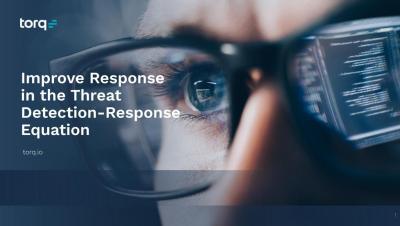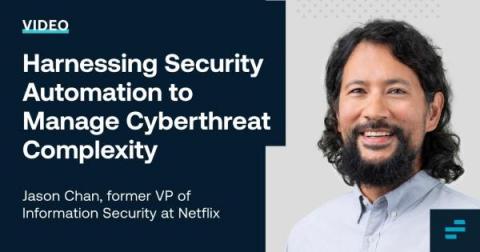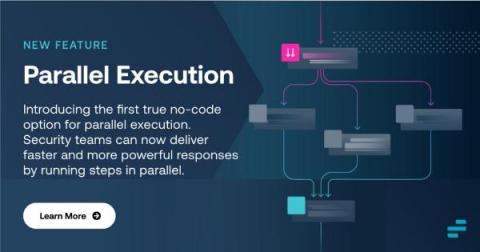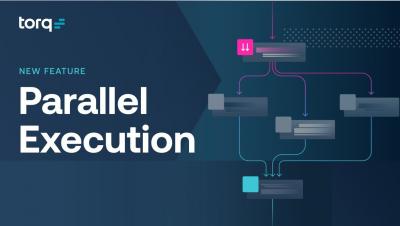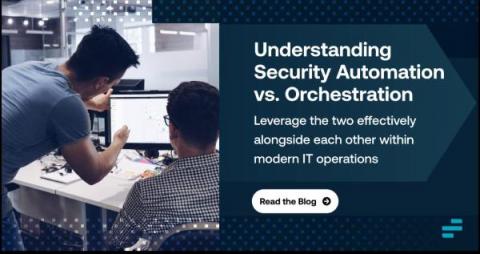Operations | Monitoring | ITSM | DevOps | Cloud
Torq
Jason Chan on Harnessing Security Automation to Manage Cyberthreat Complexity
Torq is extremely proud to have Jason Chan on our advisory board. Jason has more than 20 years of experience working in cybersecurity. He’s one of the world’s leading experts in adopting security automation, cloud security, and enhancing security in modern software development practices. Jason’s most recent career experience was leading the information security organization at Netflix for more than a decade.
Security Basics: Incident Response and Automation
Incident response is one of the most challenging tasks that IT teams face. It's challenging not just because it typically involves many stakeholders and moving pieces, but also because teams usually face pressure to respond as quickly as possible. That's why investing in incident response automation is a wise choice. Although it may not be possible to automate every aspect of every incident response workflow, being able to automate at least the major elements of incident response will yield incident management processes that are faster, more reliable, and more consistent.Keep reading to learn about the components of incident response and which incident response activities to start automating.
Keeping Your Organization Secure with Limited SOC Resources
Organizations face a growing threat from cybercriminals while struggling to find qualified security professionals who can protect their infrastructure and sensitive data. This blog will explore the concept of a Security Operations Center (SOC) and the role of SOC analysts in securing your organization. We will also discuss how your organization can leverage automation to improve SOC effectiveness and fill in the gaps when you cannot support a full staff of security professionals.
How Wiz and Torq Combine to Mitigate Existential Cloud Security Threats
A single cloud security incident can stop an enterprise in its tracks, sometimes resulting in irreparable damage to its operation, reputation, and customer loyalty. One key strategy for preventing such incidents is combining complementary cybersecurity tools to defeat threats at scale. A coherent Cyber Security Incident Response Planning (CSIRP) approach requires enterprises to select and integrate the right tools before a security incident occurs.
Security at Warp Speed - Staying Ahead of Threats with DomainTools and Torq
Torq Delivers on the Promise of Parallel Execution
Security operations professionals are constantly being pushed to the edge of their capacities. They’re dealing with endless manual processes and managing tasks sequentially, because of the limitations of their security tools and options. They’ve dreamed of being able to execute more tasks simultaneously to quickly enrich, analyze, contain, and resolve security threats. Today, Torq is proud to introduce Parallel Execution, which makes those capabilities a reality.
Torq Introduces Parallel Execution
5 Questions to Ask When Developing an Automation Strategy
Automation is like running a marathon. It sounds like a great and noble pursuit until you actually go out and start pursuing it. At that point, it's easy to fail if you don't prepare yourself ahead of time for the challenges that are inherent to the process. Indeed, although automation can provide a number of awesome benefits, whether you actually reap those benefits depends on how easy it is to implement and manage automation tools. And, as many teams discover, doing these things may be harder than it often seems.
Understanding Security Automation vs. Orchestration
“Automation” and “orchestration” are terms that frequently appear within the same sentence – which is unsurprising, because they are closely related. In fact, they’re so similar in meaning that it can be easy to confuse their meanings or assume that there is basically no real difference between security automation and orchestration. But, as with many concepts in the world of IT and security (“observability” vs.


